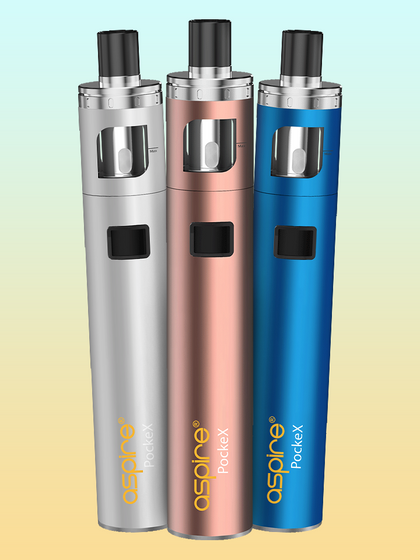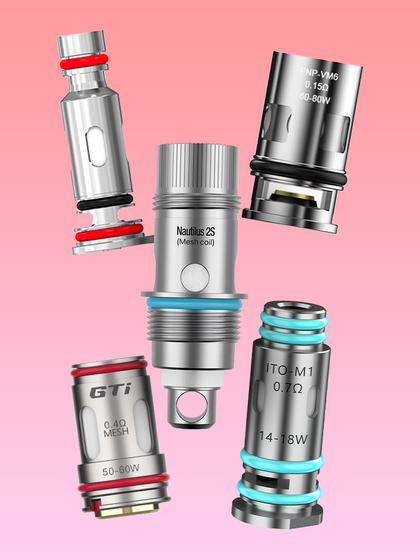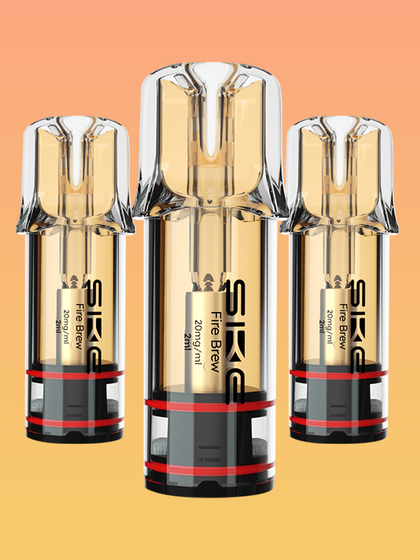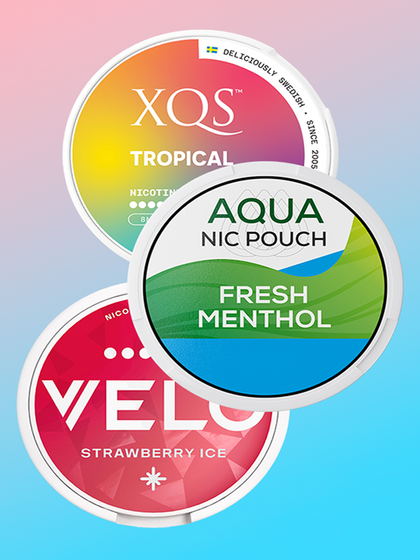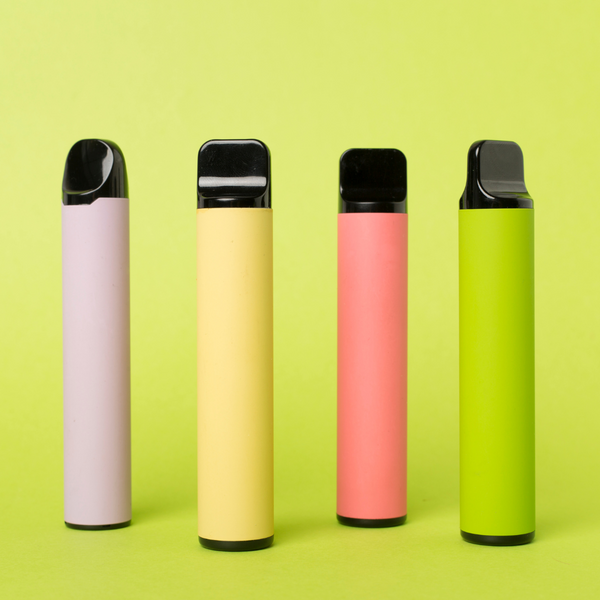Can Synthetic Nicotine Make a Difference For Vapers?
Jun 12, 2023


Is Synthetic Nicotine Even Better Than the Real Thing?
There’s a new compound in town - synthetic nicotine. Ok, it’s not exactly new but vapers believe it has great potential. For one thing synthetic nicotine is much purer than its tobacco-derived accomplice.
But where synthetic nicotine is getting its best support is in the technicality of its make-up.
In the USA vaping is facing a struggle against regulations that could make it all but impossible to vape. The rules are based around the e-cigarettes and e-liquid being defined legally as tobacco products.
But what if tobacco never gets anywhere near the final product? Does nicotine that has been created by chemists in a laboratory count as a tobacco-product given that a tobacco leaf (the usual way of obtaining nicotine) is nowhere in sight?
Nicotine Extraction
Nicotine from tobacco leaves is extracted in a variety of complex (for non-chemists) ways. And part of the problem is the extraction process leaves behind, albeit in very small quantities, some of the tobacco impurities.
But by creating nicotine in a lab what you get is a purer type of nicotine, one that is virtually odourless and colourless.
There are low levels of nicotine in many things including tomatoes, aubergines and potatoes but it’s the leaves of the nicotine plant, Nicotiana tabacum, which are especially good at giving up lots of nicotine. The plant itself created nicotine as a defence against insects and as much as 14% of the dry weight of the leaf is nicotine.
But nicotine taken from say, an eggplant, would also be deemed tobacco-free nicotine.
The Nicotine In E-liquid and Cigarettes
Natural nicotine and synthetic nicotine have the same chemical structure. This is C10 H14 N2 (that means nicotine is made up of ten carbon atoms, 14 hydrogen atoms and two nitrogen atoms) but nicotine has what’s known as a chiral carbon - the atoms are the same but not necessarily in the same position.
This creates two types of nicotine structure – S-nicotine and R-nicotine.
Because of the atom structure differences, they are opposites, in the same way, your hands are opposites. They have all the same parts but one cannot be imposed over the other.
The nicotine derived from tobacco plants is predominantly S-nicotine.
Synthetically speaking the easiest way to make nicotine is a combination of S-nicotine and R-nicotine. But this would have to be formulated into S-nicotine to replicate the natural type. Or would only yield a 50% nicotine mg level (a current 10ml bottle would be equivalent to a 5ml bottle of the combined S-R nicotine blend).
Creating nicotine in a lab requires getting the raw materials then creating the compound. That means it’s more expensive and takes longer – two big reasons why it’s not being used commercially in the same way as natural nicotine. Some reports claim that it’s 13 times more expensive to make synthetic nicotine.
There are around 14 eliquid brands using synthetic nicotine and Generation Labs has a patent on its Tobacco Free Nicotine, TFN brand.
What Synthetic Nicotine Means for Vapers
What e-liquid and vaping lobbyists have been looking for is a way around the FDA rules. Many in the industry deem the new regulations unfair and a deliberate attack on vaping in favour of the money-wielding tobacco corporations and pharmaceutical companies that profit from the sales of quit aids.
But in January the FDA announced on its website that synthetic nicotine wouldn’t necessarily be subject to the same regulations as nicotine:
“It’s possible that a disposable, closed system device that contains an e-liquid with truly zero nicotine (or synthetic nicotine) would not be regulated by the FDA as a tobacco product if it is not intended or reasonably be expected to be used in such a fashion.”
It seems positive. Although the FDA also stated that each situation would be viewed on a case by case basis. Back door shut, just not bolted. Yet.
In the UK the approach has been more progressive. Some of the rules of the Tobacco Products Directive are irksome (smaller tanks, smaller refills, lower concentrate levels) but they don’t intend to bring about the downfall of vape, in contrast to how it appears in the US. Here, there seems to be a desire to find a genuine alternative to smoking.
If synthetic nicotine were to become commercially viable, here in the UK at the very minimum the nicotine in your e-juice would be purer and being odourless synthetic nicotine in your e-liquid would make your flavours even more powerful.

